Demon Slayers Get Paid, All 11 Swordsmen Ranks Explained
Kimetsu No Yaiba: Demon Slayer was the most watched anime of 2023. It’s based on a popular Manga series first published in 2016. The show’s display of work ethic, endurance, emotional depth, and thrilling battle sequences has kept it going as one of the most popular animes ever released.
Although Demon Slayer’s storytelling style is great at keeping viewers engaged, it may also lead to confusion. Not all aspects of the Demon Slayer world are well explained. That’s especially true when it comes to the Demon Slayer ranking system.
The Demon Slayers are divided into eleven ranks based on the quantity of demons killed and the power of each one. Mizunoto are the lowest, least experienced and least respected swordsmen.
Demon Slayer’s 11 Swordsmen Ranks
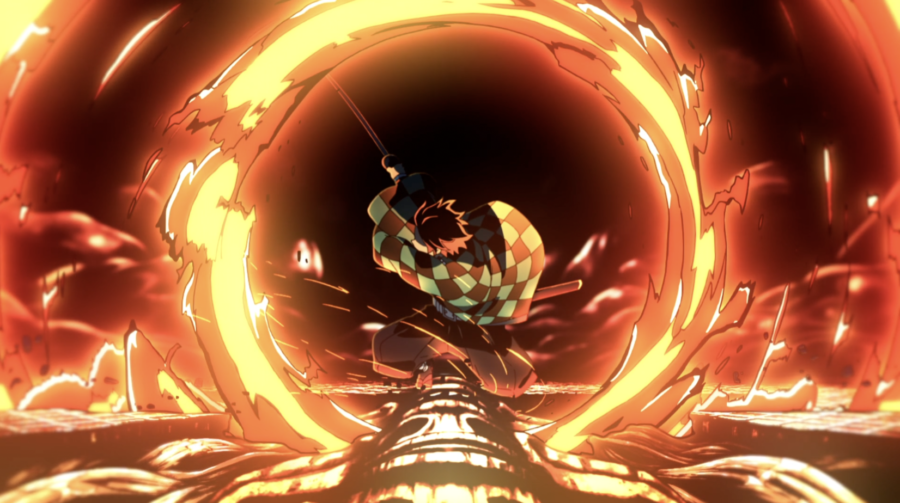
After rank one Mizunoto is…
- 2. Mizunoe
- 3. Kanoto
- 4. Kanoe
- 5. Tsuchinoto
- 6. Tsuchinoe
- 7. Hinoto
- 8. Hinoe
- 9. Kinoto
- 10. Kanoe
Above it all, beyond the ranking system, are the nine Hashira.
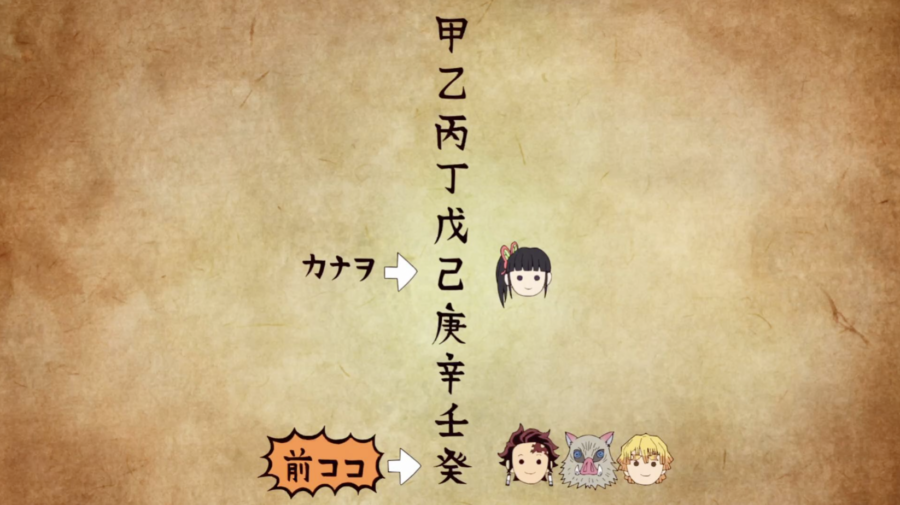
Despite being set in Japan, Demon Slayer is heavily steeped in ancient Chinese philosophy. The names for the first ten Demon Slayer ranks comes from each of the Heavenly Stems.
The Heavenly Stems were a system used for counting days during China’s Shang Dynasty. The Stems used alongside the Earthly Branches in a system for counting to 60 Years. Each prefix in the first ten demon slayer ranks correlates to one of the Five Phases.
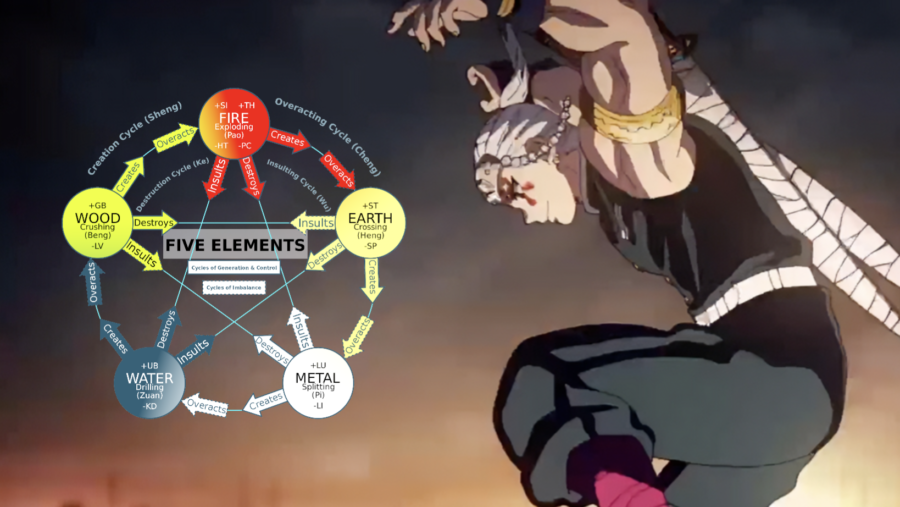
‘Mizu’ meaning water, ‘Ka’ meaning metal, ‘Tsuchi’ meaning earth, ‘Hi’ meaning fire, and ‘Ki’ meaning wood.
Chinese philosophy states that there are two opposite forces to everything. Ranks ending with ‘Noe’ represent the ‘Yang’ side, while ‘Noto’ represents the ‘Yin.’
Hashira is a separate term, for the small group of trusted Demon Slayers at the top. Hashira means “pillar”.
Becoming A Demon Slayer Involves A Test And Some Benefits
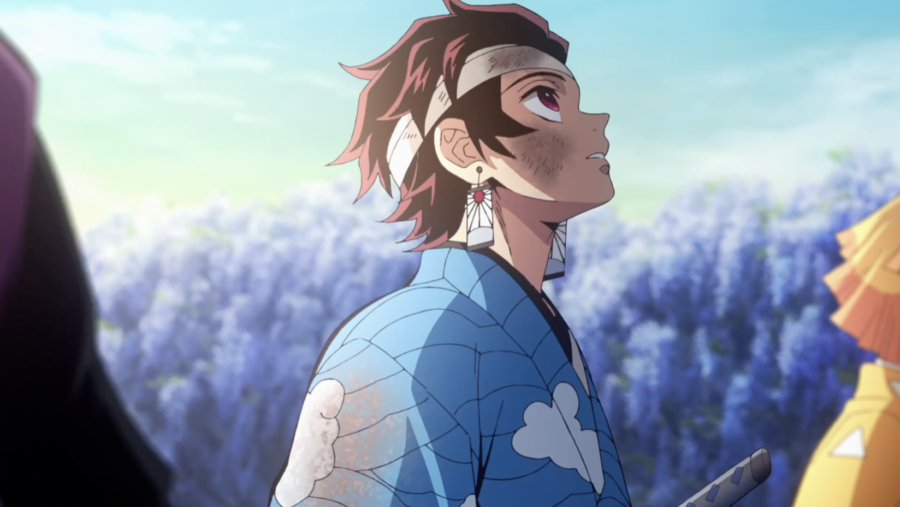
Passing the Final Selection Exam is the first step to becoming a Demon Slayer and attaining the level one rank of Mizunoto. After completing their initial training, potential Demon Slayers are sent to Mount Fujikasane. There, they must survive for seven days and nights, in a confined area filled with lower rank demons.
Those who live, pass the test and are given the first level Demon Slayer rank of Mizunoto. That rank level will appear on their hand, if they utter a password and clench their fist. As they advance in rank, the rank displayed there changes.
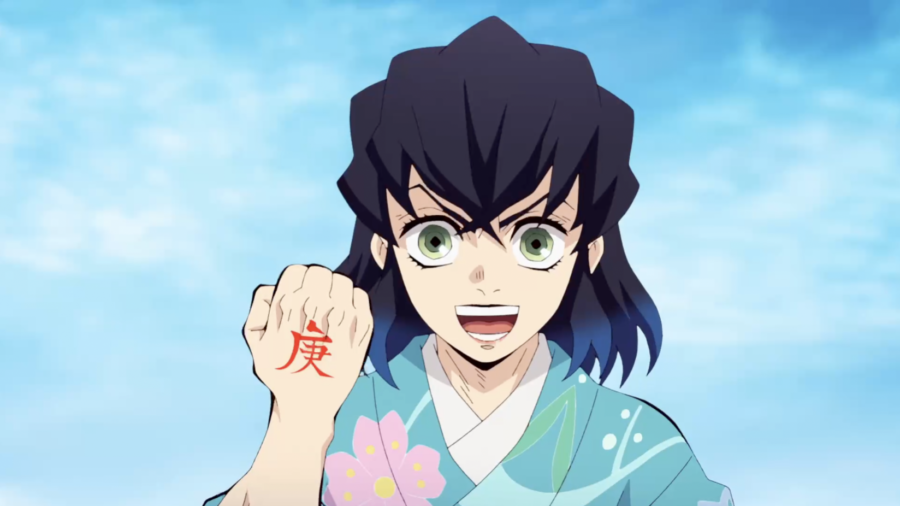
They are then allowed to choose ore, which will be made into their personal Neecheereen sword by the eccentric and secretive Demon Slayer swordsmiths. Each new Mizunoto is also given a kasugai crow, used to communicate information with headquarters.
Kasugai crows talk, but only the demon slayer they’re assigned to can understand them. The exception to this is, of course, Zinitsu, who was inexplicably given a sparrow which he does not understand. Luckily, Tanjiro does understand it and is usually able to translate.
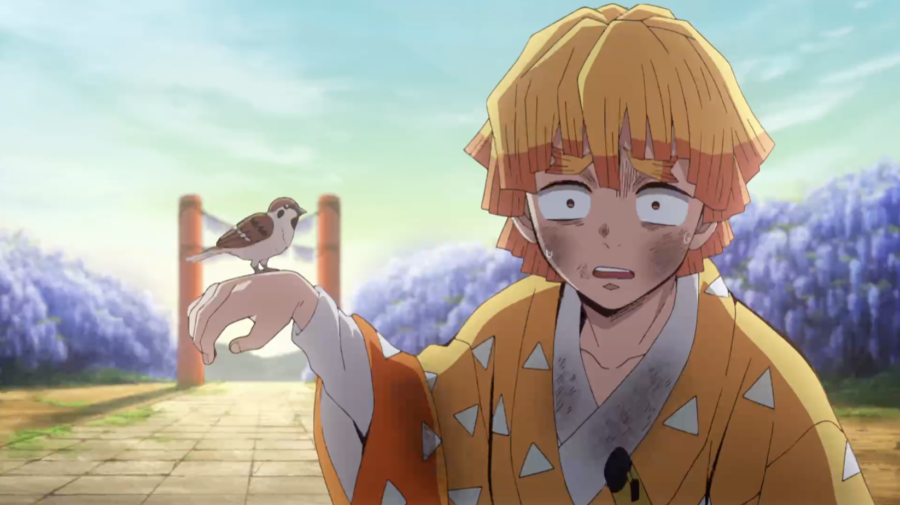
Lastly, new Mizunoto are given a puncture resistant uniform, with the word “destroy” written on the back.
While Demon Slayers may go up in rank, little else about them changes. They keep the same sword. The same crow. And the same uniform.
Is Hashira A Rank?
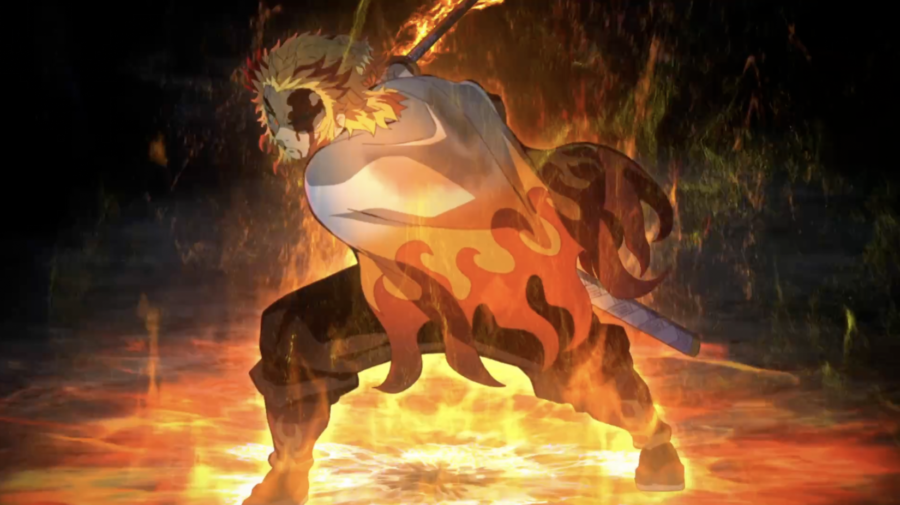
The exception to this, and everything, is the Hashira. Hashira is a level that is in a way, beyond rank. These are the strongest and most powerful demon slayers, second only to the leader of the Demon Slayer corps in respect and responsibility.
The Hashira have different buttons on their uniforms, compared to anyone outside of their rank, so you can spot a Hashira even without a Haori on.
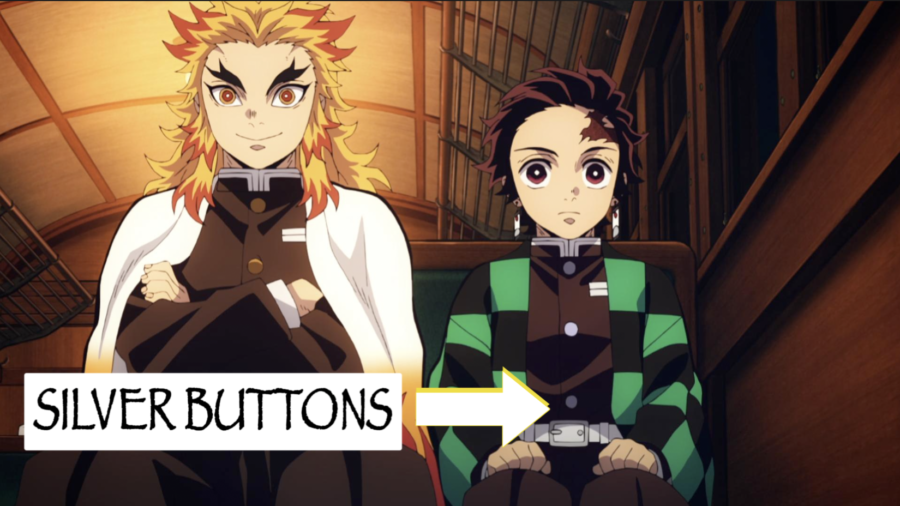
A Haori, by the way, is a traditional Japanese jacket which first originated in the 1500s.
Each Hashira is allowed to customize their uniform as they please and a Haori is often their chief customization. But, some go further and fully customize and modify the uniform itself.
How Much Demon Slayers Are Paid
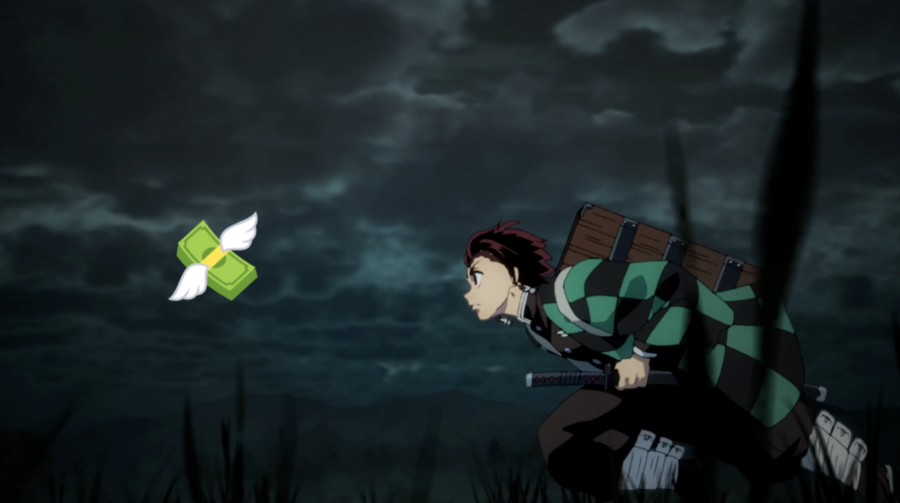
Becoming a Demon Slayer isn’t just a title, it’s an actual job with a paycheck. While details are sketchy, it’s estimated by fans that a Mizunoto receives an annual salary of around 20,000 yen.
Demon Slayer takes place during the Taisho period in Japan, between 1912 and 1926. So if you adjust for modern inflation and convert that amount into dollars, a Mizunto’s salary works out to around $5,600. A level ten Kinoe receives 42,500 yen.
Meanwhile Hashira are basically entitled to anything they want. It’s why some of the Hashira live in lavish mansions while others stick with humbler homes. For them it’s a personal choice, to live in whatever way they think suits them best.
Tsuguko Not A Rank, But A Title
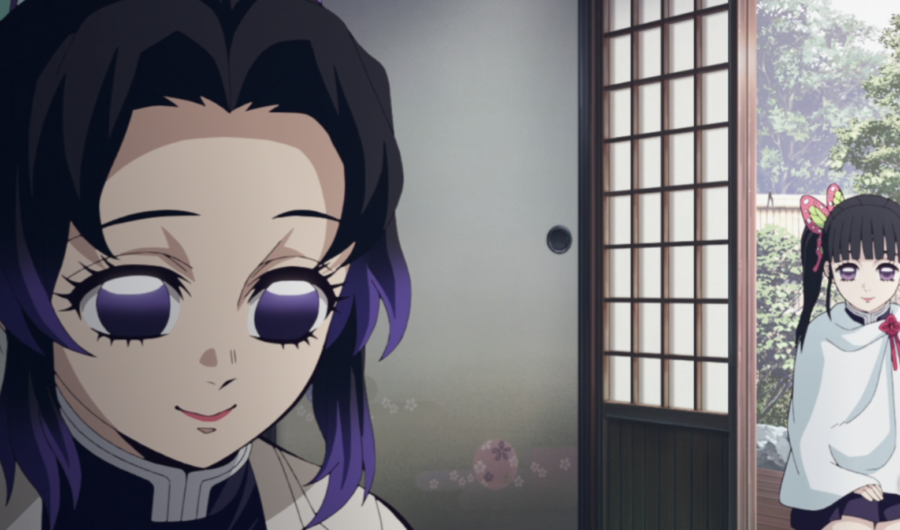
Existing as an addition to the standard Demon Slayer ranking system is the Tsuguko.
A Tsuguko is a Demon Slayer worthy of being trained directly by a Hashira, and is likely to replace the Hashira in case of emergency or retirement. Most Tsuguko use the same breathing style as their teacher does, for that is what they would be educated in.
A Tsuguko often fights alongside their Hashira on missions.
How Demon Slayers Rank Up
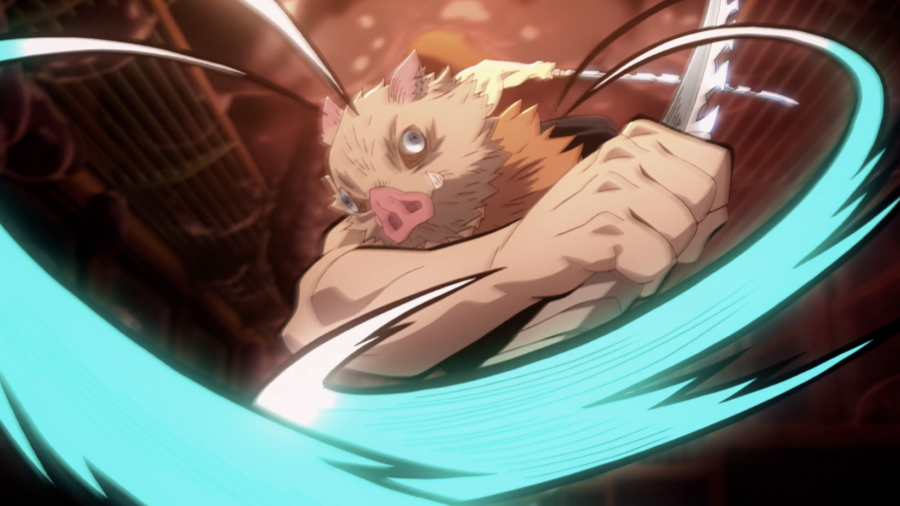
Now you’re probably thinking that Demon Slayers seem a little obsessed with ranking and hierarchy, but that’s not really the case. Demon Slayers usually pay little attention to their own ranks, being far too busy simply trying to survive their encounters with demons.
It’s not entirely clear how Demon Slayers rank up. Neither the Demon Slayer manga nor the anime series provide any details on this.
In the Demon Slayer video game, the level up system for ranks is based on a point system. For every victory you get 5 points and every loss you lose 5. But it’s safe to assume this is not canon.
We do know the specific conditions required to exceed the ranking system and become a Hashira.
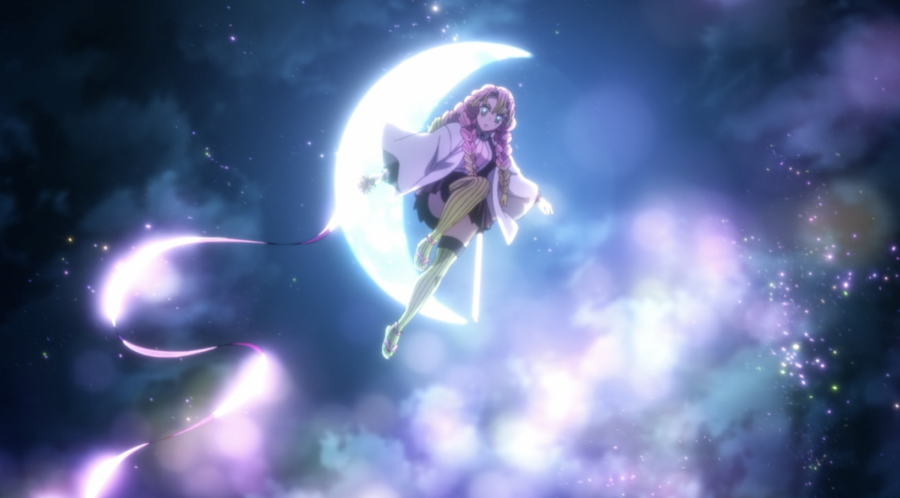
To become a Hashira, you must be a Kinoe ranked Demon Slayer, and then slay 50 demons after achieving that rank. The defeat of any member of Muzan’s elite Twelve Kizuki can also be substituted for those 50 demons.
The show’s hero character, Tanjiro Kamado, attains the rank of Mizumoto after surviving final selection. We know that after this, he begins advancing in rank, but his actual rank is rarely mentioned.
After the events of the Entertainment District Arc, we find out that Tanjiro has advanced to the level of Kanoe. Kanoe is a level four Demon Slayer.
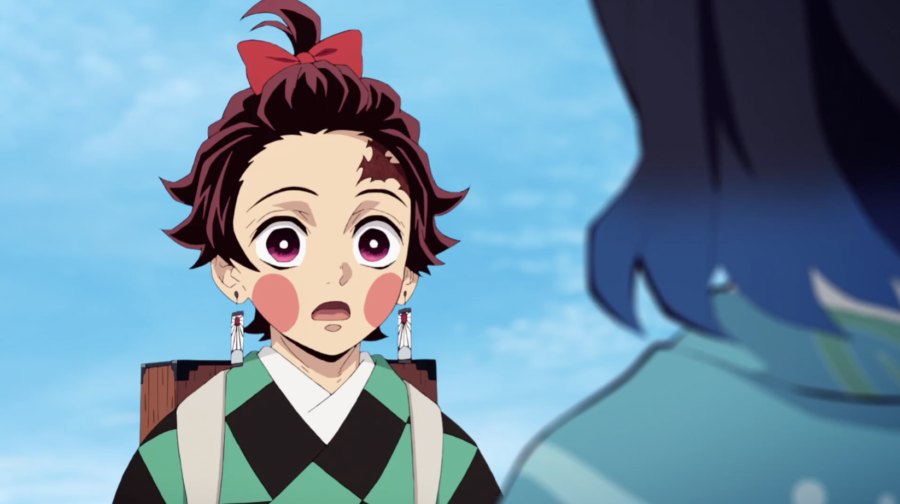
Tanjiro’s rank is never addressed again in the anime, after this point.
However, ancillary material related to the Manga reveals that Tanjiro, Inoske, and Zenitsu all eventually reach the rank of Hinoe. Hinoe is a level 8 demon slayer, the third highest outside of the Hashira.
It may be that Tanjiro would have achieved an even higher rank, if the Master’s health hadn’t begun to decline and he hadn’t shifted his focus towards trapping Muzan.
Who Are The Kakushi And What Does Their Name Mean?
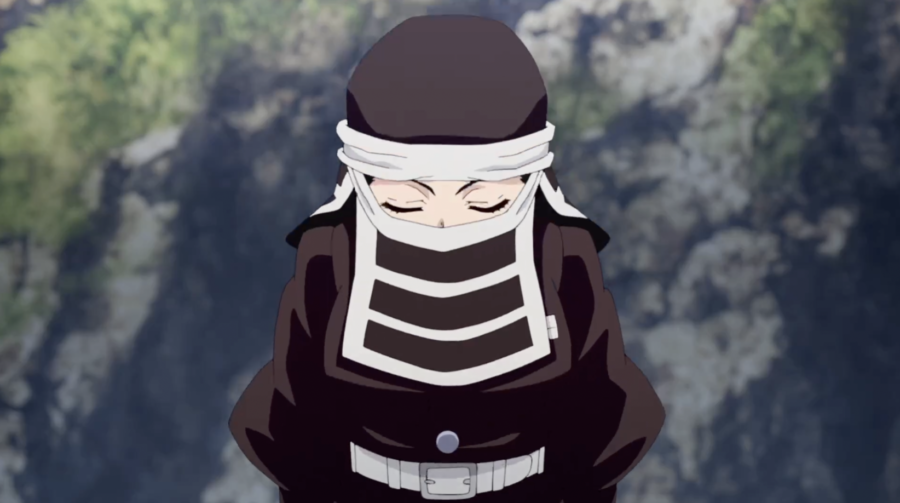
The Demon Slayer Corps isn’t comprised only of Demon Slayers. The Kakushi, although not demon slayers themselves, are tasked with providing support to the demon slayers. Though even the lowest level Demon Slayer outranks them, they’re trusted with significant responsibility.
They usually lurk in the background, doing things like giving first aid to wounded, cleaning up after fights, and guiding injured demon slayers to a place of recovery. The Kakushi wear a uniform similar to that of the Demon Slayers, only with their faces covered to hide their identity and a different word written on the back.
While Demon Slayers have the Kanji for destroy on their uniform, Kakushi use the Kanji for “Hidden”. That’s appropriate since the name Kakushi means ‘Hidden’, ‘Invisible’, or ‘Conceal.’
Some Kakushi are retired demon slayers who are unable to fight any more, others may have not passed the Final Selection Exam, but still wish to be of use to the Demon Slayer Corps. It’s unclear how many Kakushi there are, adding an air of mystery around these characters.
Why Demon Slayer Swordsmiths Wear Masks
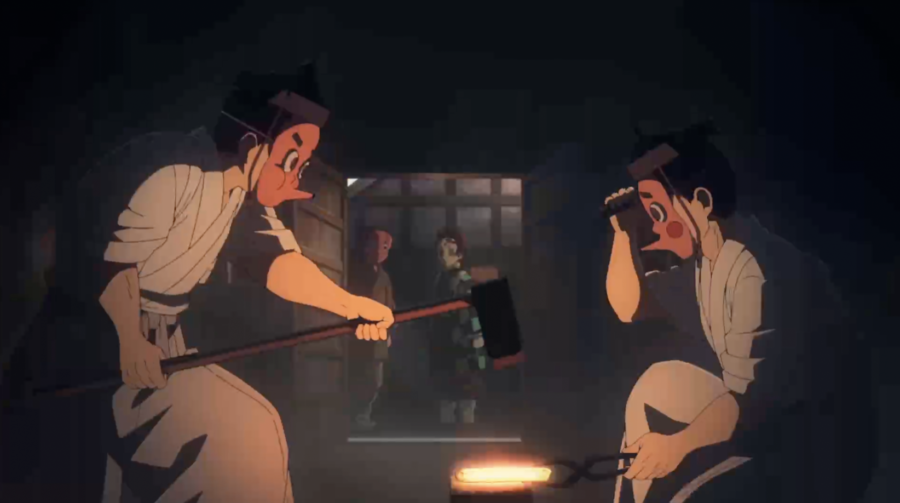
Also outranked by Demon Slayers, but still vital members of the corp are Demon Slayer swordsmiths. Similar to the Kakushi, these swordsmiths hide their faces, but they do it using a covering known as a Hyottoko mask.
These masks are also sometimes called wooden festival masks. As the only people able to forge weapons that can harm demons, they must hide their identities. They are a natural target for demons looking to weaken the Corps.
Even when around other swordsmiths, their masks are always worn. This means that if one is ever caught and tortured by a demon, they won’t be able to give up the identity of their comrades.
The Master’s Complex Organization Keeps Its Members Safe
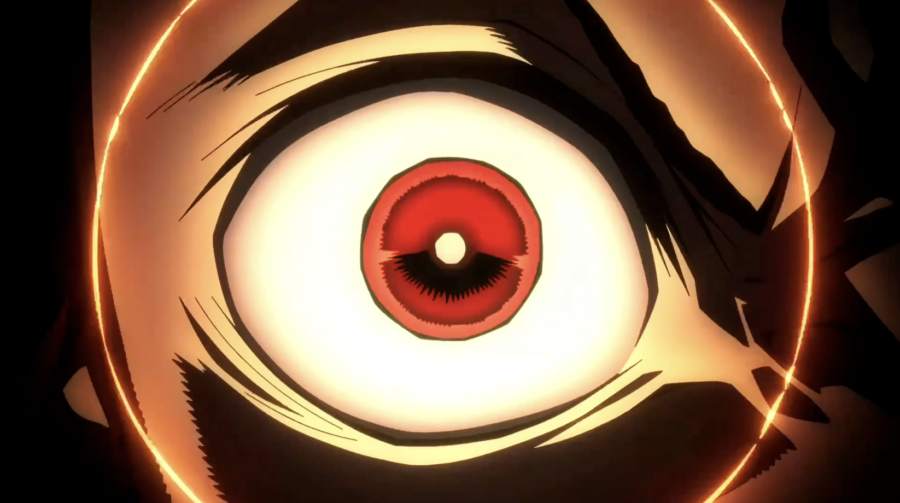
The Demon Slayers have been able to survive in their battle with a superior enemy for hundreds of years due in no small part to the carefully crafted structure of their organization. It’s an organization based almost entirely on merit, hard work, and respect.
Perhaps that’s why there is no specific guideline for ranking up as a Demon Slayer. An increase in rank is simply a recognition of an increase in ability, as judged by the group’s impartial master.
All that matters to a demon slayer, or any member of the demon slayer corp, is defeating Muzan Kibutsuji. Until that day, everything else can wait.













Login with Google